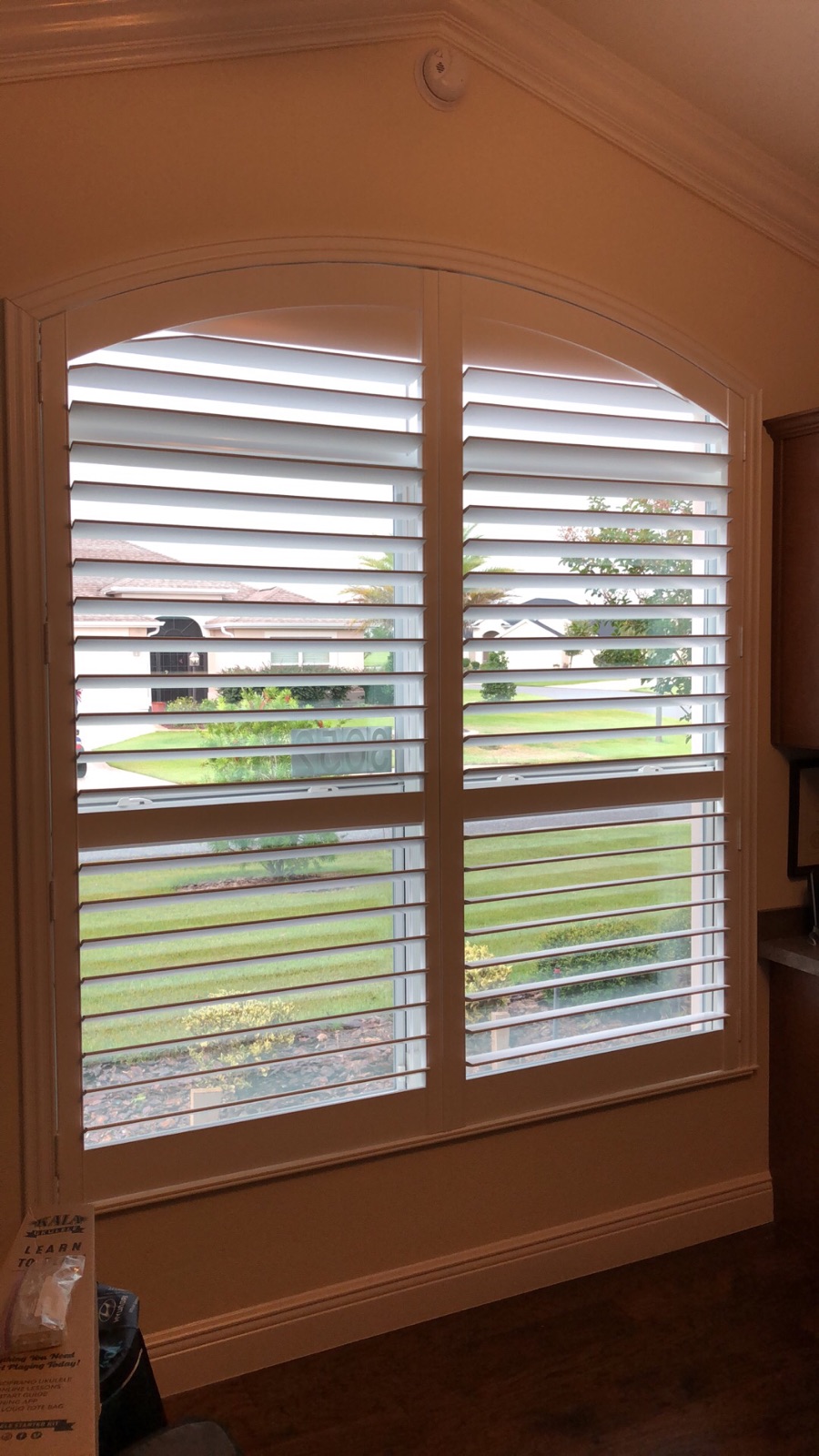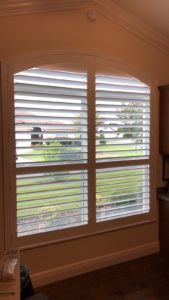
 Low-Budget Blinds are a good choice for many strictly based off of how much they are worth, or how much they initially cost to install. Although they are suitable for some, there are many problems that many people don’t think about when it comes to low-budget blinds. Tampa residents should be made aware that if they are in a position financially to upgrade their current blinds, there are some great alternatives to them, one of which is window shutters or plantation-style shutters. Not only are the materials used in blinds not of the best quality, but there are many safety hazards that people are not made aware of.
Low-Budget Blinds are a good choice for many strictly based off of how much they are worth, or how much they initially cost to install. Although they are suitable for some, there are many problems that many people don’t think about when it comes to low-budget blinds. Tampa residents should be made aware that if they are in a position financially to upgrade their current blinds, there are some great alternatives to them, one of which is window shutters or plantation-style shutters. Not only are the materials used in blinds not of the best quality, but there are many safety hazards that people are not made aware of.
The Safety Hazards of Low-Budget Blinds
One of the most pressing issues with low-budget blinds that many people do not think about is the safety hazards that are associated with all the small and moving parts. This is especially concerning with individuals who have small children or animals that get into things that they are not supposed to. Unlike Low-budget blinds, Tampa residents who own alternative window coverings such as interior plantation shutters do not have to worry about small pieces of chord or metal falling off and potentially becoming a choking hazard. This reason alone is why many individuals are recommended to switch to an alternative window covering.
What Makes Interior Plantation Shutters a Superior Alternative?
With regard to the safety of children or small animals, Window shutters do not have the same movable parts such as chords and chains of low-budget blinds. Tampa residents might not know how interior plantation shutters work, but they do not have many moving parts that can break, except for the lift bar that controls the louvers themselves. Another aspect of window shutters that low-budget blinds cannot offer is the fact that they are much more durable. A homeowner may have to replace their blinds or curtains many times before another homeowner would have to worry about fixing their interior plantation shutters.
*Disclaimer: The views expressed here are those of the authors and do not necessarily represent or reflect the views of Shutter Professionals*

